Glass Bottles Market Overview
The global glass bottle market is steadily expanding, fuelled by demand from industries such as food & beverage, pharmaceuticals, cosmetics, and personal care. This market covers a wide range of glass bottles, including those for packing liquids, solids, and specialty items. Our paper provides a thorough analysis of procurement trends, with an emphasis on cost-cutting methods and the use of sustainable packaging solutions to improve procurement and manufacturing processes.
Key future procurement problems include controlling production costs, assuring supply chain stability, maintaining product quality requirements, and incorporating sustainable practices into manufacturing operations. Digital technologies and strategic sourcing are critical for improving procurement efficiency, reducing waste, and ensuring long-term market competitiveness. As global demand continues to climb, organizations are leveraging market knowledge to optimize operations and boost operational efficiency, mitigate risks, and drive sustainability initiatives.
-
Market Size: The global Glass Bottles market is projected to reach USD 70 billion by 2035, growing at a CAGR of approximately 6.12% from 2025 to 203
Growth Rate: 6.12%
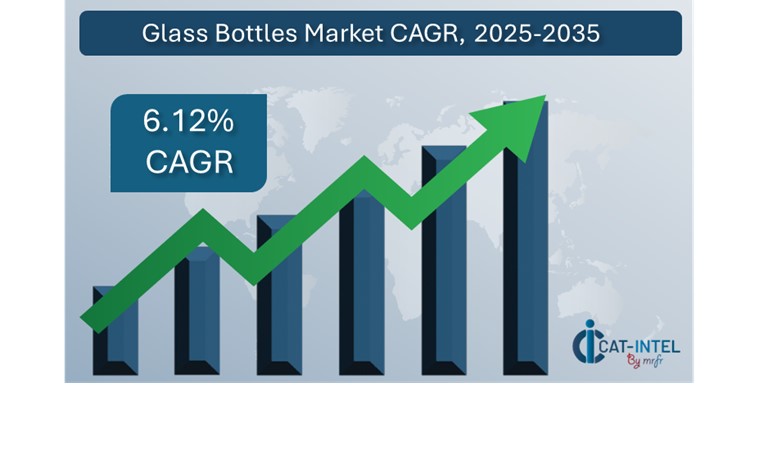
-
Sector Contributions: Growth in the market is driven by:
-
Manufacturing and Supply Chain Optimization: There is a growing demand for real-time data and process integration to improve operations and minimize inefficiencies in glass bottle manufacturing and distribution.
-
Growth in Retail and E-Commerce: The development of online shopping and direct-to-consumer models has necessitated better inventory management and packaging options, including glass bottles, to fulfil client demand.
-
Technological Transformation: Advances in technology such as AI and machine learning are improving glass bottle manufacturing processes, allowing for predictive maintenance and more efficient production lines.
-
Innovations: The increased use of environmentally friendly and sustainable materials is driving innovation in glass container design. Companies are using modular packaging methods that save money while maintaining product quality.
-
Investment Initiatives: Companies invest in sustainable packaging technology and procedures. focusing on minimizing the carbon impact of glass bottle production and making packaging more environmentally friendly.
-
Regional Insights: Asia Pacific and North America are major regions in the glass bottle market due to high demand for premium, sustainable packaging, while Asia Pacific is expanding due to expanded manufacturing capabilities and demand from emerging economies.
Key Trends and Sustainability Outlook:
-
Sustainable Packaging Demand: As customers become more environmentally concerned, there is a growing demand for glass bottles that promote sustainability goals such as recyclability and reduced energy usage during manufacture.
-
Advanced Features and Innovation: The use of sustainable materials, energy-efficient manufacturing technology, and advances in bottle design are all increasing the value of glass bottles as packaging solutions.
-
Focus on Sustainability: The global push for sustainability is pushing innovation in glass bottle manufacturing. To meet legal requirements and consumer expectations, businesses are implementing more efficient production methods as well as sustainable packaging strategies.
-
Customization Trends: There is an increasing need for personalized glass bottle designs that appeal to certain industries, such as luxury cosmetics, craft drinks, and pharmaceuticals, allowing firms to stand out in the market.
-
Data-Driven Insights: Companies in the glass bottle market are increasingly relying on data analytics to assess consumer preferences, develop packaging designs, and optimize manufacturing processes, allowing them to estimate demand and reduce waste.
Growth Drivers:
-
Digital Transformation: The rise of smart manufacturing and the digitization of production processes are assisting businesses in optimizing their operations, from raw material procurement to final product delivery.
-
Demand for Sustainable Packaging: As environmental concerns develop, there is a greater demand for sustainable and recyclable glass packaging choices, forcing companies to innovate and lessen their products' environmental impact.
-
Globalization: As global trade grows, businesses want glass bottles that can cater to foreign markets with multilingual labelling, diversified product offerings, and the flexibility to meet regional regulatory norms.
-
Regulatory Compliance: As environmental restrictions tighten, glass bottle makers are focusing more on packaging and recycling rules to ensure that their products fulfil sustainability criteria.
-
Consumer Preference for Premium Packaging: With the growing popularity of premium and luxury items, glass bottles are viewed as an appropriate solution for industries such as drinks, cosmetics, and pharmaceuticals, where product presentation and quality are key differentiators.
Overview of Market Intelligence Services for the Glass Bottles Market:
Recent evaluations of the global glass bottle market have identified important difficulties such as high production costs and the need for sustainable, tailored packaging solutions. Market intelligence reports offer useful insights into procurement opportunities, assisting businesses in identifying cost-cutting methods, optimizing supplier management, and improving production efficiency. These insights also help companies comply with environmental legislation and industry standards while maintaining high-quality operational procedures and successfully controlling costs.
Procurement Intelligence for Glass Bottles: Category Management and Strategic Sourcing
To remain competitive in the glass bottle industry, businesses are streamlining procurement processes through material cost analysis and supplier performance evaluations. Effective category management and strategic sourcing are critical for lowering procurement costs while maintaining a consistent supply of high-quality raw materials and packaging solutions. By employing meaningful market intelligence, firms may enhance their procurement strategies and negotiate advantageous rates with suppliers, and secure sustainable and cost-effective glass bottle production solutions.
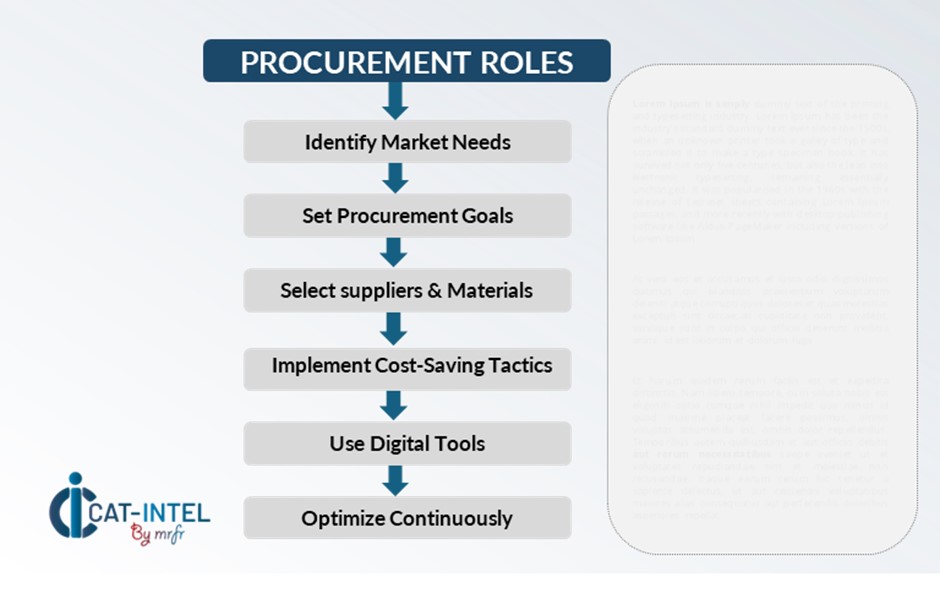
Pricing Outlook for Glass Bottles: Spend Analysis
The price prognosis for glass bottles is projected to be moderately volatile, impacted by a variety of factors. Manufacturing technology developments, increased demand for sustainable and environmentally friendly packaging, customization requirements, and regional price variances are all key drivers. Furthermore, the growing use of innovations such as lightweight glass bottles, improved production efficiency, and stringent environmental requirements are putting upward pressure on glass bottle prices.
Graph shows general upward trend pricing for Glass Bottles and growing demand. However, there may be fluctuations influenced by economic conditions, technological advancements, and competitive dynamic.
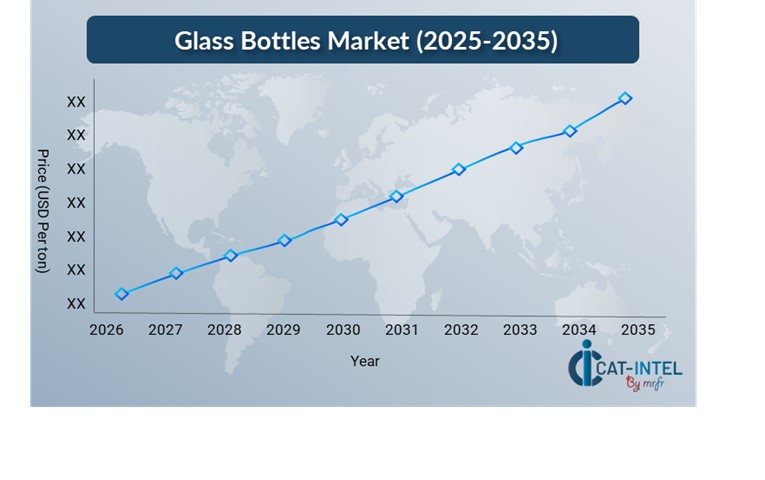
Efforts to optimize procurement procedures, enhance supplier management, and use flexible glass bottle packaging options are critical for cost control. Leveraging digital tools for market monitoring, analytics-based pricing predictions, and effective contract administration can help to reduce costs even more.
Partnering with dependable glass bottle vendors, negotiating long-term contracts, and investigating bulk purchase or subscription-based pricing models are critical techniques for effectively managing packaging costs. Despite these issues, focusing on sustainability, guaranteeing quality control in production, and adopting eco-friendly packaging options will be crucial for sustaining cost-effectiveness and operational efficiency in the glass bottle industry.
Cost Breakdown for Glass Bottles: Total Cost of Ownership (TCO) and Cost-Saving Opportunities
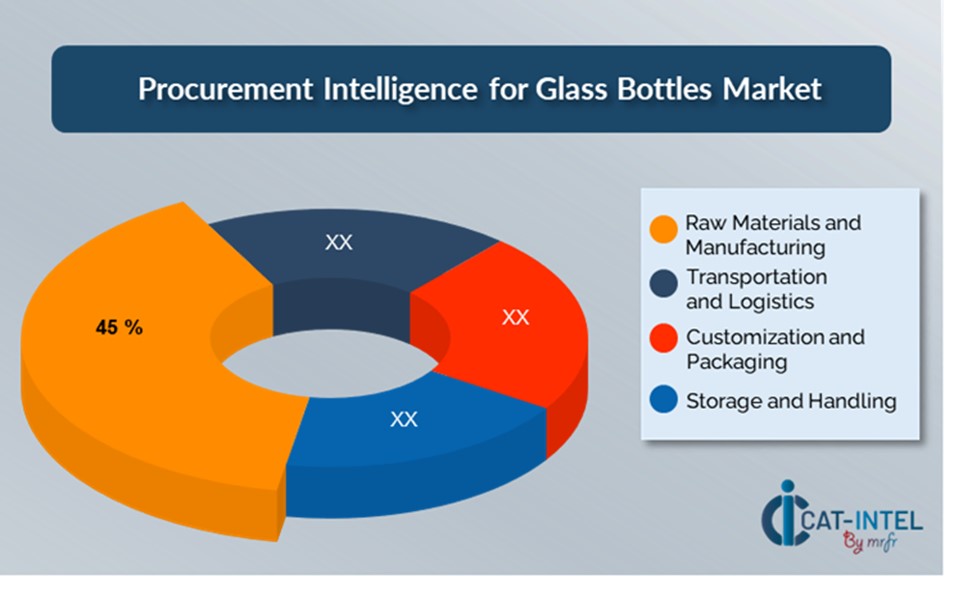
-
Raw Materials and Manufacturing: (45%)
-
Description: The key cost drivers are the raw materials used in glass production (such as sand, soda ash, and limestone), as well as the energy-intensive process of melting and shaping the glass.
-
Trend: There is a growing emphasis on using recycled glass (cullet) to minimize raw material prices and improve manufacturing sustainability.
-
Transportation and Logistics: (XX%)
-
Customization and Packaging: (XX%)
-
Storage and Handling: (XX%)
Cost-Saving Opportunities: Negotiation Levers and Purchasing Negotiation Strategies
In the glass bottle manufacturing business, streamlining procurement processes and employing strategic negotiation strategies can lead to significant cost savings and increased operational efficiency. Long-term agreements with suppliers, particularly those that provide sustainable and bespoke glass bottle solutions, can result in more attractive price structures and terms, such as volume discounts and bundled packaging services. Subscription-based arrangements and bulk purchase agreements offer options to secure reduced rates and save money over time.
Collaborating with suppliers that focus innovation and sustainability gives extra benefits, such as access to modern production technology, energy-efficient manufacturing methods, and environmentally favourable packaging options All these factors contribute to long-term cost savings. Implementing digital procurement solutions, such as supplier performance tracking and demand forecasting platforms, improves transparency, reduces overspending, and optimizes material consumption. Diversifying vendor options and implementing multi-vendor solutions can help to reduce reliance on a single supplier, manage risks like supply chain interruptions, and increase negotiation leverage. This strategy can also help businesses be flexible and responsive to changing market conditions while assuring a consistent supply of high-quality glass bottles.
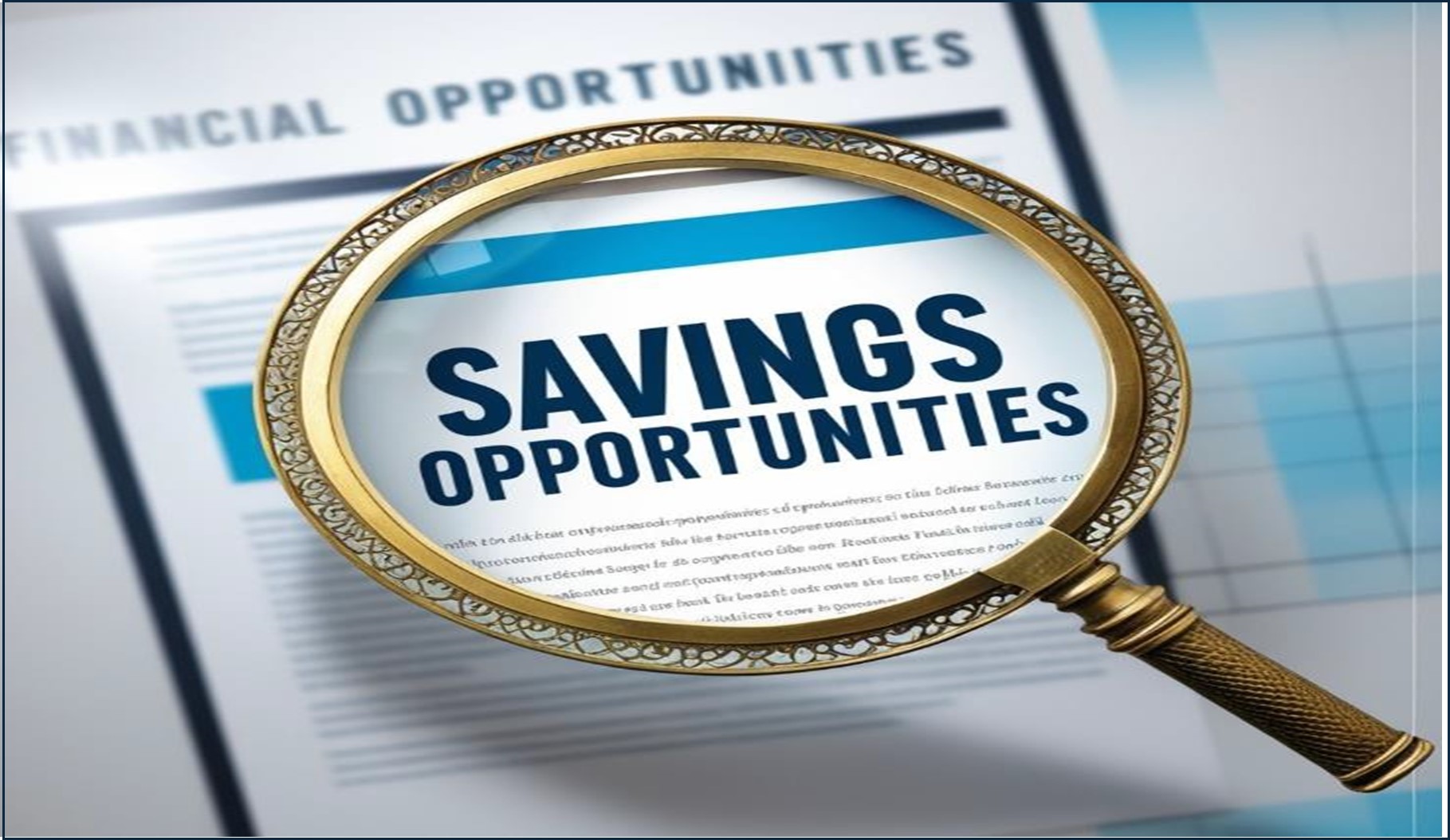
Supply and Demand Overview for Glass Bottles: Demand-Supply Dynamics and Buyer Intelligence for Effective Supplier Relationship Management (SRM)
The global glass bottle market is expanding steadily, driven by rising demand for environmentally friendly packaging and developments in production methods. Environmental restrictions, customer preferences for eco-friendly packaging, and global economic situations all have an impact on the supply and demand in this sector.
Demand Factors:
-
Sustainability Initiatives: The increased emphasis on decreasing plastic consumption and encouraging recyclable materials is driving up demand for glass bottles in industries such as food and beverage, cosmetics, and medicines.
-
E-commerce Growth: The rise of online shopping has raised demand for long-lasting, attractive, and environmentally friendly packaging, such as glass bottles, to improve product presentation and delivery safety.
-
Industry-special Requirements: Glass bottles for medications and luxury beverages must adhere to special rules, brand distinction, and product preservation criteria.
-
Customization and Design Trends: As firms seek out innovative packaging solutions, the need for bespoke glass bottle designs and sizes grows. Businesses are looking for innovative shapes, colors, and packaging features.
Supply Factors:
-
Technological Advancements: Innovations in glass production techniques, such as lightweight glass and energy-efficient manufacturing procedures, are improving glass bottle options and increasing supplier competitiveness.
-
Vendor Ecosystem: With an increasing number of glass bottle manufacturers and suppliers, including both large-scale and boutique vendors, buyers have a wide range of possibilities. This rivalry promotes product innovation and price flexibility.
-
Global Economic Factors: Include exchange rates, raw material costs (such as sand and soda ash), and regional technological adoption rates, all of which influence glass bottle pricing and availability. Economic volatility can affect supply chain dynamics and manufacturing prices.
-
Scalability and Flexibility: Modern glass bottle manufacturing facilities are becoming more modular, allowing manufacturers to serve to enterprises of all kinds, from small boutique makers to major multinational corporations, with customized production capacity and design options.
Regional Demand-Supply Outlook: Glass Bottles
The Image shows growing demand for Glass Bottles in both North America and Asia Pacific, with potential price increases and increased Competition

Asia Pacific: Dominance in the Glass Bottles Market
Asia Pacific, particularly China, is a dominant force in the global Glass Bottles market due to several key factors:
-
Rapid industrialization and Urbanization: The Asia-Pacific area is seeing rapid industrialization and urbanization, particularly in China and India. This has resulted in increased demand for packaging solutions, especially glass bottles, in industries such as food and beverage, pharmaceuticals, and cosmetics.
-
Increasing Consumer Demand for Sustainable Packaging: With rising environmental consciousness, consumers and companies in the region prefer recyclable and sustainable packaging solutions like glass bottles over alternatives like plastic.
-
Strong Manufacturing Capabilities: Asia-Pacific is home to some of the world's major glass bottle makers, particularly in China, Japan, and India. The region's manufacturing facilities and expertise let it dominate the glass bottle market.
-
Increased Export Demand: The increased demand for Asian-made glass bottles, which are affordable, customizable, and sustainable, reinforces the region's leading position. International trade accords, as well as the region's strategic location, make it easier to export glass packaging.
-
Government Support and Economic Growth: Governments in Asia-Pacific are aggressively fostering economic growth and industrial development, particularly in the packaging and manufacturing sectors. Requirements.
Asia Pacific Remains a key hub Glass Bottles Price Drivers Innovation and Growth.

Supplier Landscape: Supplier Negotiations and Strategies
The worldwide glass bottle market's supplier landscape is similarly diversified and competitive, with large-scale manufacturers as well as smaller, specialized producers. These vendors influence important elements such as price methods, product customisation, and service quality. Established worldwide glass bottle makers dominate the industry, providing a wide range of packaging solutions, while smaller, niche players focus on sustainable production, innovative bottle designs, and specialist materials for premium industries such as luxury beverages and pharmaceuticals.
The glass bottle supplier ecosystem is spread across several important production locations, including Asia Pacific, North America and Europe. It includes both well-known worldwide manufacturers and creative local companies that cater to industry-specific requirements. As businesses value sustainability, brand identity, and cost effectiveness, glass bottle suppliers are advancing their production techniques, incorporating eco-friendly materials, and offering customized packaging solutions to meet the changing demands of various industries. Many suppliers are also using digital technology, such as smart packaging and integrated production systems, to increase efficiency, decrease waste, and track product lifetime data. These developments are backed up by flexible pricing structures that provide volume-based savings and sustainable packaging options for organizations looking to align their operational aims with environmental objectives.
Key Suppliers in the Glass Bottles market include:
-
Shandong Yantai Jereh Group
-
Apogee Glass
-
O-I Glass, Inc
-
Ardagh Group
-
Verallia
-
Vitro Packaging
-
Shandong Yantai Jereh Group
-
Frigoglass
-
Stecklarna Hrastnik
-
Encirc
-
Nippon Sheet Glass (NSG Group)
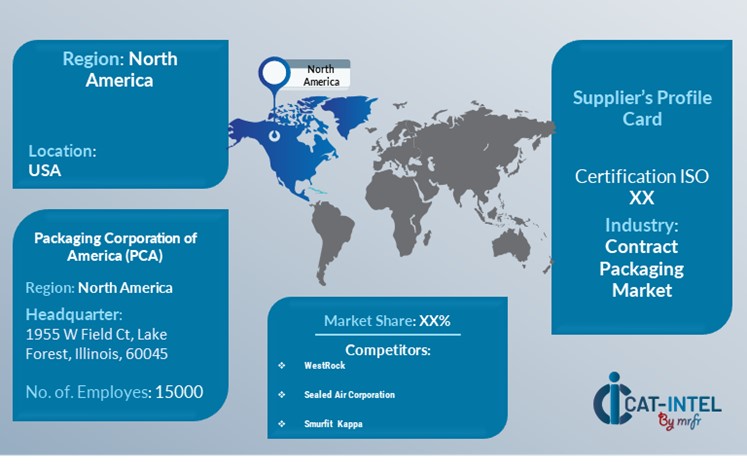
Key Developments Procurement Category Significant Development:
|
Significant Development |
Description |
|
Market Growth |
As environmental concerns develop, more companies are turning to glass packaging, which benefits from its recyclability and luxury appeal, particularly in emerging economies where consumer awareness of sustainability is increasing. |
|
Cloud Adoption |
The integration of cloud-based technology is a growing trend in the glass bottle business, allowing for more efficient and flexible production methods. This allows for better coordination across supply chains, enhanced inventory management, and faster access to production data, particularly for enterprises wanting to grow up or respond to fluctuating demand in a hybrid global market. |
|
Product Innovation |
Glass bottle producers are always developing to satisfy the changing needs of customers and industries. Key breakthroughs include lightweight glass bottles that cut material costs and carbon footprints, as well as specifically designed packaging for niche sectors such as luxury beverages and health-conscious items. |
|
Technological Advancements |
The introduction of new technologies such as machine learning, automation, and IoT integration is increasing efficiency in glass bottle manufacture. Manufacturing process innovations assist manufacturers in optimizing their operations. IoT-based tracking solutions also improve the supply chain Increasing transparency and assisting businesses in reducing waste and energy consumption. |
|
Global Trade Dynamics |
Changes in international trade restrictions, compliance requirements, and regional economic policies are all influencing the glass bottle industry. Multinational corporations must adjust to varying packaging and labelling rules depending on the country, which influences sourcing and manufacturing decisions. |
|
Customization Trends |
Customized glass bottle solutions adapted to specific business needs are in high demand, notably in the luxury beverage, cosmetic, and pharmaceutical sectors. Modular designs and the flexibility to interact with third-party production and packaging technologies are increasingly common. |
|
Glass Bottles Attribute/Metric |
Details |
|
Market Sizing |
The global Glass Bottles market is projected to reach USD 70 billion by 2035, growing at a CAGR of approximately 6.12% from 2025 to 2035. |
|
Glass Bottles Technology Adoption Rate |
Approximately 60% of glass bottle makers have adopted new technology to improve production and streamline operations. This includes implementing smart manufacturing technology, automated production lines, and data-driven analytics to optimize the manufacturing process and improve supply chain management. |
|
Top Glass Bottles Industry Strategies for 2025 |
To fulfil rising customer demand for ecologically responsible products, companies are investing in sustainable packaging solutions such as lightweight glass, recycling programs, and eco-friendly coatings. Focusing on one-of-a-kind and premium packaging designs, such as custom glass bottle shapes and sizes, to serve the luxury, craft beverage and cosmetics industries. |
|
Glass Bottles Process Automation |
Approximately 50% of glass bottle manufacturers have automated their production processes, which include automated packing lines, quality monitoring using AI-powered vision systems, and predictive machinery maintenance. |
|
Glass Bottles Process Challenges |
The expense of raw ingredients (such as sand and soda ash) and energy-intensive manufacturing procedures are significant barriers. Integrating new technologies like IoT and automation into existing manufacturing plants can be expensive and difficult, necessitating major infrastructure investment. |
|
Key Suppliers |
Leading glass bottle suppliers are Shandong Yantai Jereh Group, Apogee Glass and O-I Glass, Inc worldwide companies that provide a diverse range of packaging solutions across industries. These companies are at the forefront of developing environmentally friendly glass bottle goods and boosting production capacity through novel technologies. |
|
Key Regions Covered |
Asia Pacific, North America and Europe are key locations for glass bottle demand, with growing production capabilities and rising demand from emerging markets driving expansion, |
|
Market Drivers and Trends |
Rising consumer demand for eco-friendly packaging and the increasing need for recyclable materials are pushing companies to invest in glass as a sustainable alternative to plastic. A shift towards more unique, aesthetically appealing packaging is driving demand for custom glass bottle designs in sectors like luxury beverages and high-end cosmetics. |
Frequently Asked Questions (FAQ):
Our procurement intelligence services provide detailed market analysis of glass bottle suppliers, identifying key manufacturers and evaluating industry trends. We offer spend analysis, supplier evaluations, and sourcing strategies to secure reliable and cost-effective glass bottle solutions.
We assist in evaluating the TCO by considering not only the unit price of glass bottles but also costs related to shipping, packaging, custom designs, storage, and handling. This helps you understand the full financial impact of sourcing glass bottles.
Our risk management services help you address challenges such as supply chain disruptions, regulatory compliance issues, and raw material price fluctuations. We implement contingency plans and supplier diversification to ensure continuous, cost-effective sourcing.
Our Supplier Relationship Management (SRM) services focus on fostering strong relationships with glass bottle suppliers. We assist in contract negotiations, monitor supplier performance, and ensure efficient integration into your production processes.
We recommend best practices such as vendor segmentation, quality assurance checks, supply chain visibility, and demand forecasting. These practices ensure effective and transparent sourcing of glass bottles.
Digital tools optimize sourcing by automating supplier selection, improving inventory management, and enhancing supply chain transparency. These tools help reduce costs, increase efficiency, and improve sustainability in glass bottle sourcing.
Our supplier performance management services track key metrics such as delivery reliability, product quality, and responsiveness. This ensures high-quality and reliable glass bottle supply over time, reducing risks associated with poor supplier performance.
We support negotiations by leveraging market insights, benchmarking pricing, and using strategies such as long-term agreements and volume-based discounts. This helps secure favorable terms with glass bottle suppliers while ensuring high-quality products.
We provide tools that deliver insights into market trends, supplier capabilities, pricing forecasts, and production timelines. These resources help you make informed decisions about sourcing glass bottles.
We ensure compliance by working with suppliers who adhere to relevant environmental and industry standards. This includes ensuring that glass bottles meet regulatory requirements for packaging, labeling, and recyclability.
We recommend building a resilient supply chain by maintaining relationships with multiple suppliers, utilizing local sourcing options, and adopting just-in-case inventory strategies to manage supply chain risks.
Our tracking solutions monitor performance metrics such as on-time delivery, quality control reports, and cost fluctuations. This helps you assess supplier reliability and make strategic decisions in future sourcing.
We focus on sourcing from suppliers who use eco-friendly production processes, such as energy-efficient glass manufacturing, using recycled glass, and adopting sustainable packaging solutions to meet environmental goals.
Our pricing analysis tracks market trends, compares supplier rates, and applies negotiation strategies such as bulk discounts and long-term contracts. This helps you secure cost-effective glass bottle solutions without compromising quality.
We help ensure quality by implementing strict quality control measures, conducting supplier audits, and setting clear product specifications. Additionally, we recommend using suppliers who offer certifications like ISO or those that adhere to industry-specific quality standards, ensuring that all sourced glass bottles meet your performance and safety








